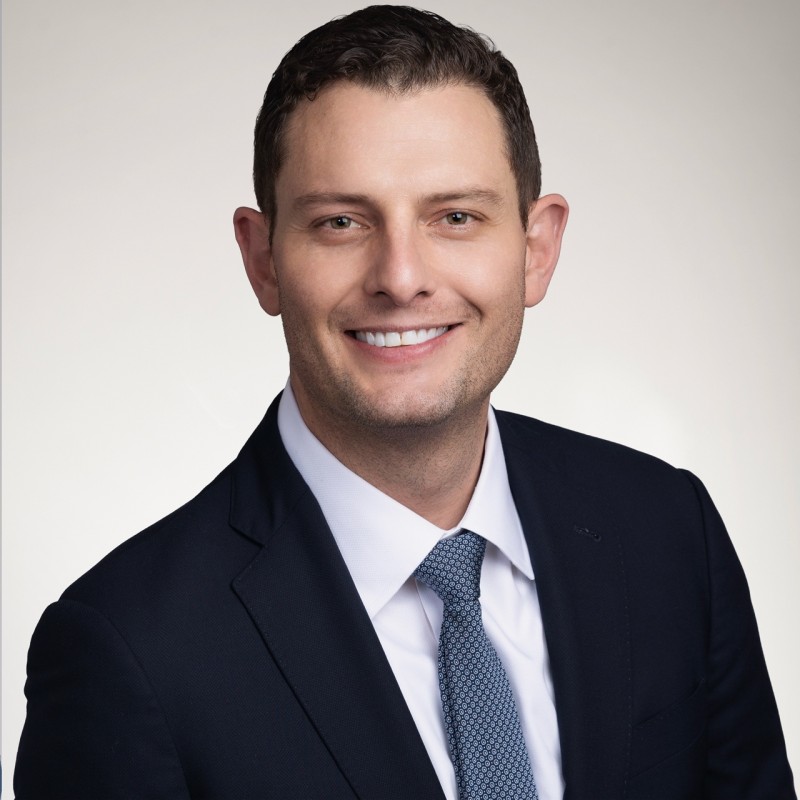U.S.: SMA-to-ETF Conversions Are Growing
| For Amaya Uriarte | 0 Comentarios

The tax efficiency offered by ETFs has made them the preferred structure for advisors. Given the rising wealth of U.S. retail investors, advisors are expected to continue focusing more on tax-minimizing solutions, and the transfer of assets from separately managed accounts (SMA) to the ETF structure may be one of the components, according to the study The Cerulli Edge–The Americas Asset and Wealth Management Edition.
In 2017, 29% of practices focused on high-net-worth (HNW) clients—those serving households with $5 million or more in investable assets—offered guidance on tax planning. That proportion had increased to 45% in 2023.
In a 2024 Cerulli survey, HNW firm executives ranked tax minimization first, alongside wealth preservation, as the goals they perceived as most important for their clients: 73% rated them as very important.
Beyond tax efficiency, operational efficiency—including cost—is a critical component of SMA-to-ETF conversions. “The use of the ETF structure can enable more agile security purchases and avoids the need to distribute them across accounts, a challenge that grows along with the number of accounts, the complexity of the strategy, and the lowering of the minimums to access SMAs,” says Daniil Shapiro, director at the Boston-based international consultancy Cerulli.
“Even if these ETFs are intended solely for the firm’s clients, the ETF structure solves a major operational challenge. It has been suggested that ETFs can help an advisor generate hundreds of thousands in cost savings,” he adds.
The addressable market for SMAs and other advisor-managed securities to be converted into ETFs remains difficult to define at this early stage. The Cerulli study estimates that the total figure for the SMA sector stands at $2.7 trillion, of which more than half ($1.6 trillion) corresponds to wirehouses, and another $484 billion to the RIA channel.
However, according to the study, 45% of advisors report using separately managed accounts, compared to 90% who use the ETF structure.
The average SMA allocation for an advisor is 7.7%, although it declines rapidly for lower-market-base practices. Advisors with $500 million or more in practice assets report a considerable allocation of 12%, which they plan to increase to 15% by 2026.
“It is possible that, although initial discussions around conversion focus on the benefits for RIAs, there is a broader group in the wirehouse channel,” notes Shapiro.
Cerulli states that the main challenges for these conversions will be price and scale. With ETF launch costs and annual operating costs running into hundreds of thousands of dollars each, wealth management firms will need to contribute significant assets for each ETF conversion to make it attractive,” says the Cerulli director.
The consulting firm believes there is a significant opportunity for white-label providers and ETF issuers to offer support to RIAs and other clients in the wealth management segment interested in launching their own ETF product or converting.












